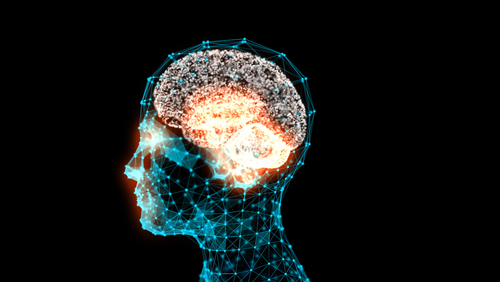Brain changes detected in kid with double hand transplant
IANS Dec 08, 2017
Doctors have detected changes in the brain of 10-year-old Zion Harvey from the US who was the first child in the world to undergo a double hand transplant.

In July 2015, surgeons at The Children's Hospital of Philadelphia (CHOP) successfully transplanted donor hands and forearms on eight-year-old Harvey who, several years earlier had undergone amputation of his hands and feet, and a kidney transplant, following a serious infection. He is now also the first child in the world in whom massive changes of how sensations from the hands are represented in the brain have been detected. Post the transplantation, Harvey's brain reverted toward a more typical pattern, the researchers said.
The brain area representing sensations from the lips shifted as much as 2 cm to the area formerly representing the hands. This brain remapping that occurs after upper limb amputation is called massive cortical reorganization (MCR). "With the changes observed in his brain, Harvey is now the first child to exhibit brain mapping reorientation. This is a tremendous milestone and it is yet another marker of his amazing progress and continued advancement with his new limbs," said L. Scott Levin, director of the Hand Transplantation Program at the CHOP.
He led the 40-member team that performed the milestone surgery in July 2015. The researchers, reporting in the journal Annals of Clinical and Translational Neurology, noted that they used magnetoencephalography (MEG), which measures magnetic activity in the brain, to detect the location, signal strength and timing of the patient's responses to sensory stimuli applied lightly to his lips and fingers.
They found that each area of the body that receives nerve sensations sends signals to a corresponding site in the brain. The spatial pattern in which those signals activate the brain's neurons is called somatosensory representation -- particular parts of the brain reflect specific parts of the body. "These observations are consistent with the idea that -- at least for our pediatric patients -- large-scale changes in the brain following injury or amputation act to preserve established functional brain areas, which are reactivated with the recovery of the hands," noted William Gaetz, a radiology researcher at CHOP.
-
Exclusive Write-ups & Webinars by KOLs
-
Daily Quiz by specialty
-
Paid Market Research Surveys
-
Case discussions, News & Journals' summaries